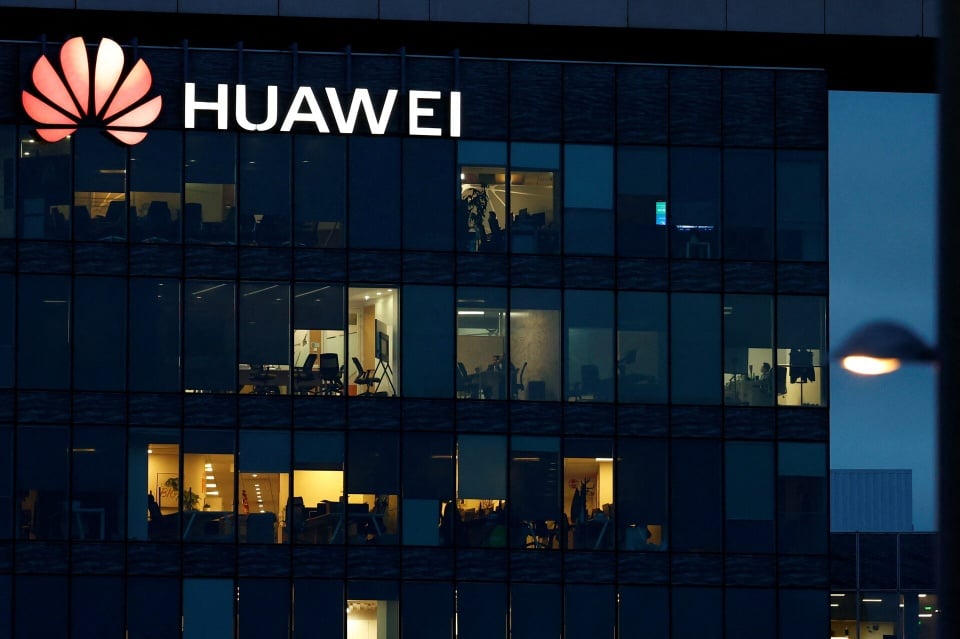 |
According to the Wall Street Journal (WSJ) , Huawei Technologies is preparing to test a new generation AI processor called Ascend 910D, expected to replace some of Nvidia's flagship products in the Chinese market.
The Ascend 910D is still in its early stages of development and needs to undergo several rounds of testing to evaluate its performance. Huawei has high hopes for this chip line, aiming to meet Beijing's efforts to become self-sufficient in semiconductor technology.
Previously, on April 9, Nvidia confirmed that the US government required the company to apply for a special license if it wanted to sell AI chips, including the H20 series, to China and some other markets.
The latest restrictions raise concerns about Nvidia’s growth in the billion-people market. The H20, a line of chips that Nvidia designed specifically to meet export control regulations, is now also subject to restrictions. According to the US chipmaker, revenue from the H20 line could reach $12-14 billion a year before the embargo.
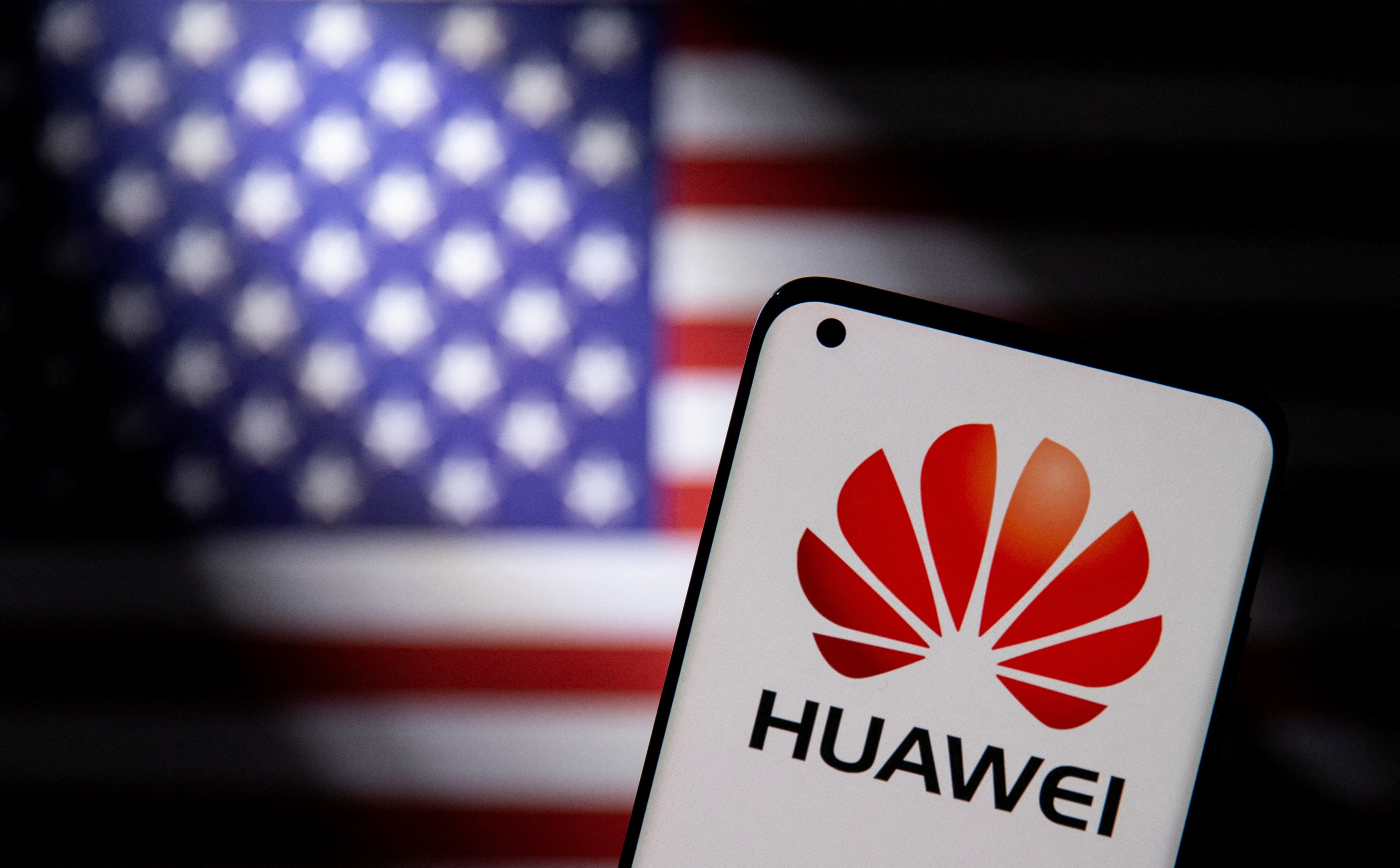 |
Amid Nvidia's restrictions, Huawei and domestic rivals are taking advantage to increase market share. Photo: Reuters |
As for Huawei, the company is considered one of China's "champions" in the domestic semiconductor race. Despite being on the US trade blacklist for nearly 6 years, the group has demonstrated its resilience, typically by launching the Mate 60 smartphone in 2023 using self-produced chips.
However, developing AI chips is not easy. According to WSJ , although Huawei once advertised the Ascend 910C chip as being equivalent to the Nvidia H100, its actual performance was still inferior. The company also had difficulty with large-scale production because it no longer had access to leading chip manufacturing partners such as TSMC, while SMIC - China's number one foundry - lacked advanced machinery.
In addition, the US is tightening access to important components such as high-bandwidth memory (HBM), which is essential for high-performance AI chips.
In this context, Huawei has shifted its strategy: instead of focusing on increasing the power of individual chips, the company is developing a system that connects many chips. In April, Huawei introduced CloudMatrix 384 – a computing system that connects 384 Ascend 910C chips. According to some experts, CloudMatrix 384 can surpass a system using 72 Nvidia Blackwell chips in some conditions, although it consumes more power.
The US-China trade tensions are creating a vacuum for domestic rivals. In early April, the US government required Nvidia to apply for a special license if it wanted to export AI chips to China. The H20 chip, a limited edition for the Chinese market, was placed under control, potentially costing Nvidia up to $5.5 billion in lost revenue.
Nvidia admits that China now accounts for only about half of its pre-ban revenue, while domestic competition, especially from Huawei and Cambricon Technologies, is growing.
Huawei has already shipped more than 800,000 Ascend 910B and 910C chips to customers in China, including state-owned carriers and private tech companies like ByteDance. Some partners are also in talks to increase orders for the 910C chips to replace Nvidia products.
The Chinese government is also pushing data centers and AI developers to increase their use of domestic chips, reducing their dependence on US technology.
Despite the great strides, challenges remain. Connecting hundreds of thousands of chips in a system requires stable network infrastructure, optimized software, and complex troubleshooting techniques - something that is not easy even for the world's largest technology companies.
In addition, the Ascend 910D must demonstrate its ability to actually surpass the Nvidia H100 in rigorous testing before it can convince customers on a full scale.
The AI race between China and the US is entering a new phase, with technological barriers increasingly dense and efforts to become semiconductor self-sufficiency pushed up to a national priority.
Source: https://znews.vn/huawei-san-sang-doi-dau-nvidia-post1549473.html




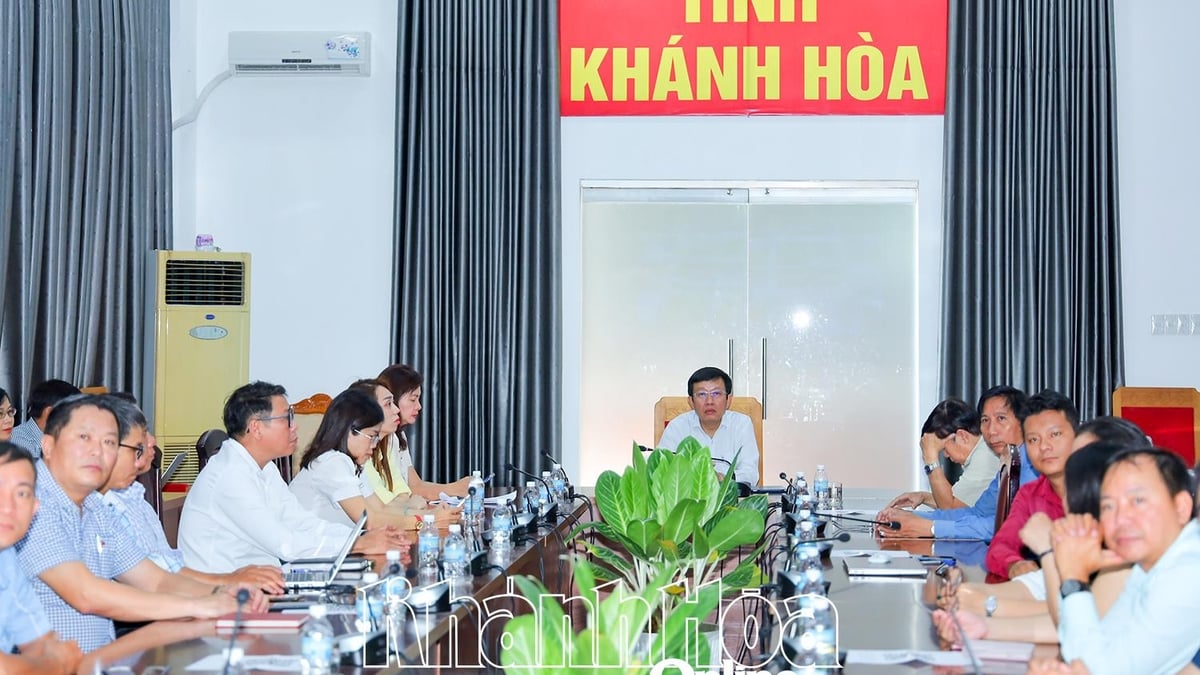

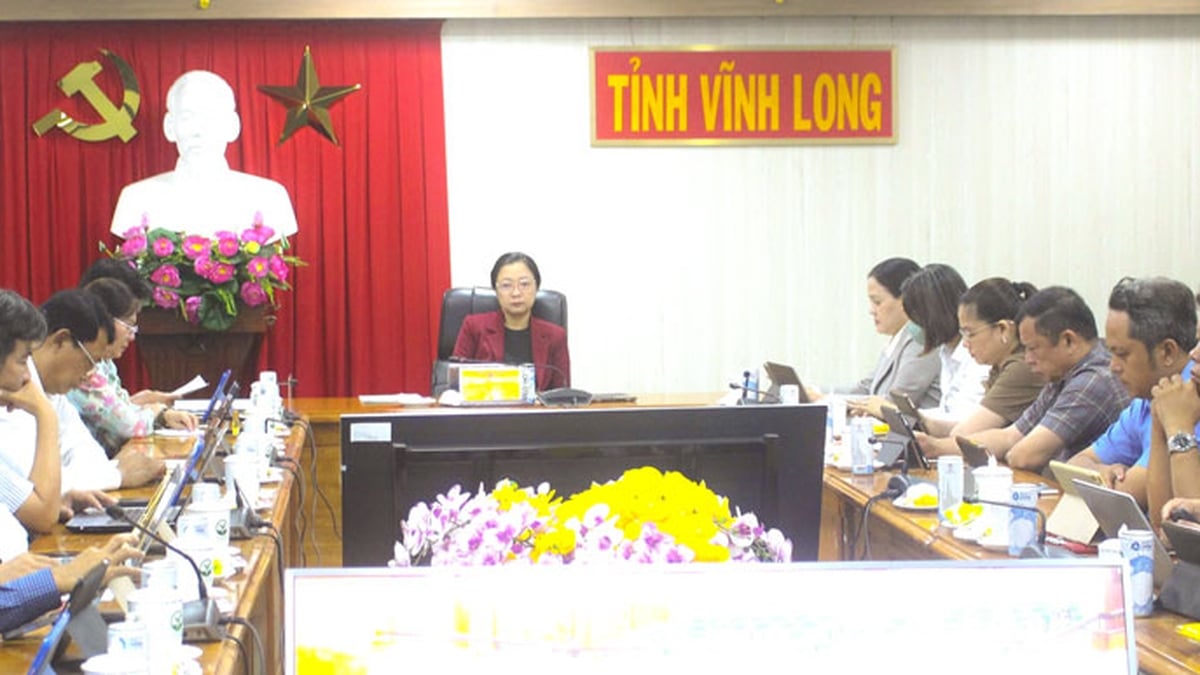
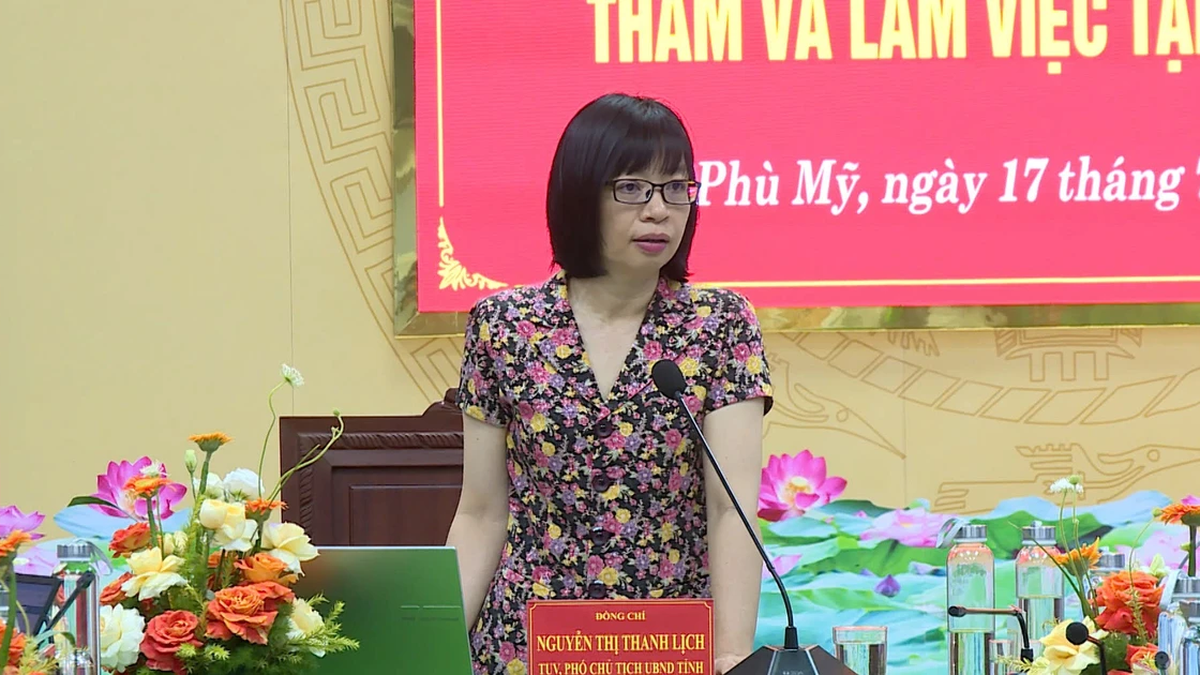

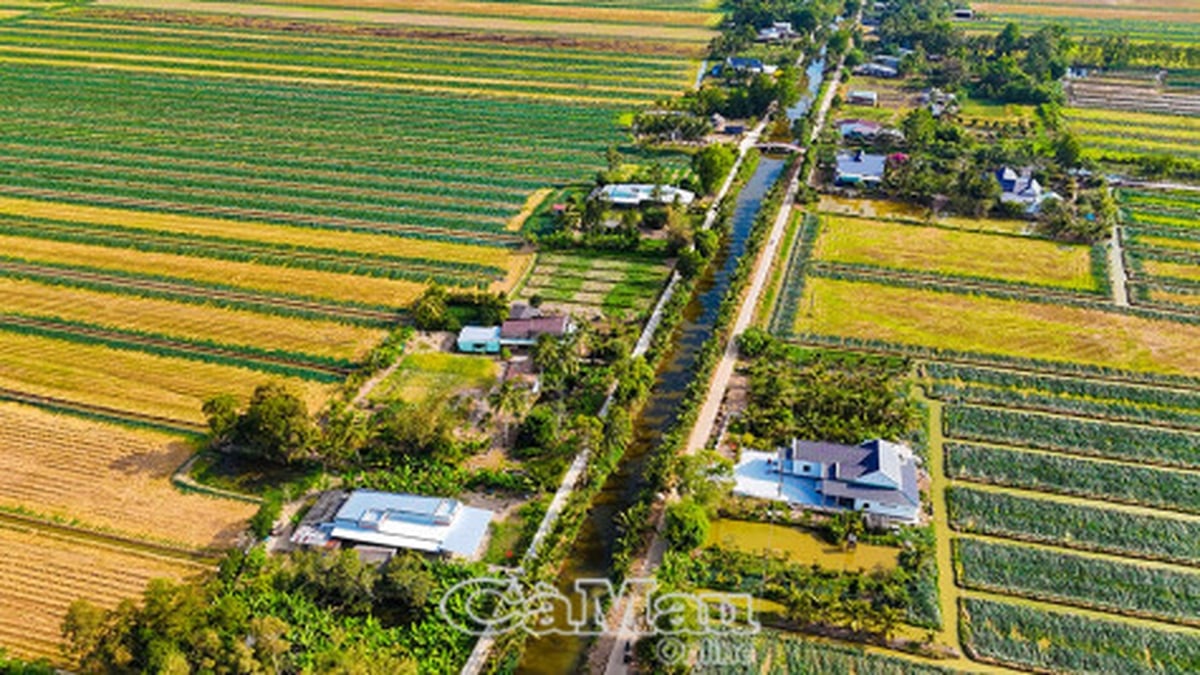

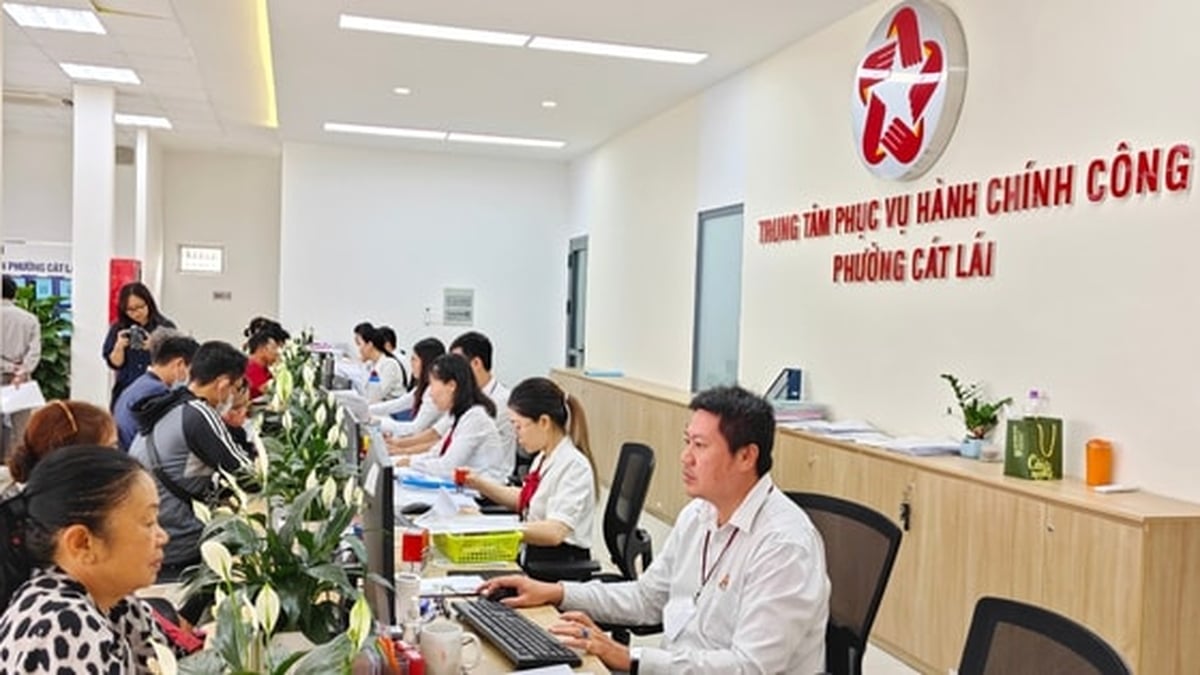












































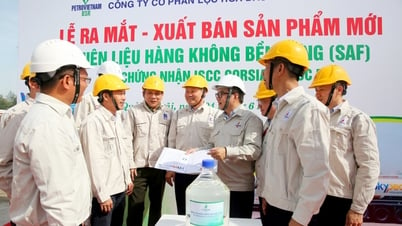





![[Maritime News] More than 80% of global container shipping capacity is in the hands of MSC and major shipping alliances](https://vphoto.vietnam.vn/thumb/402x226/vietnam/resource/IMAGE/2025/7/16/6b4d586c984b4cbf8c5680352b9eaeb0)






































Comment (0)